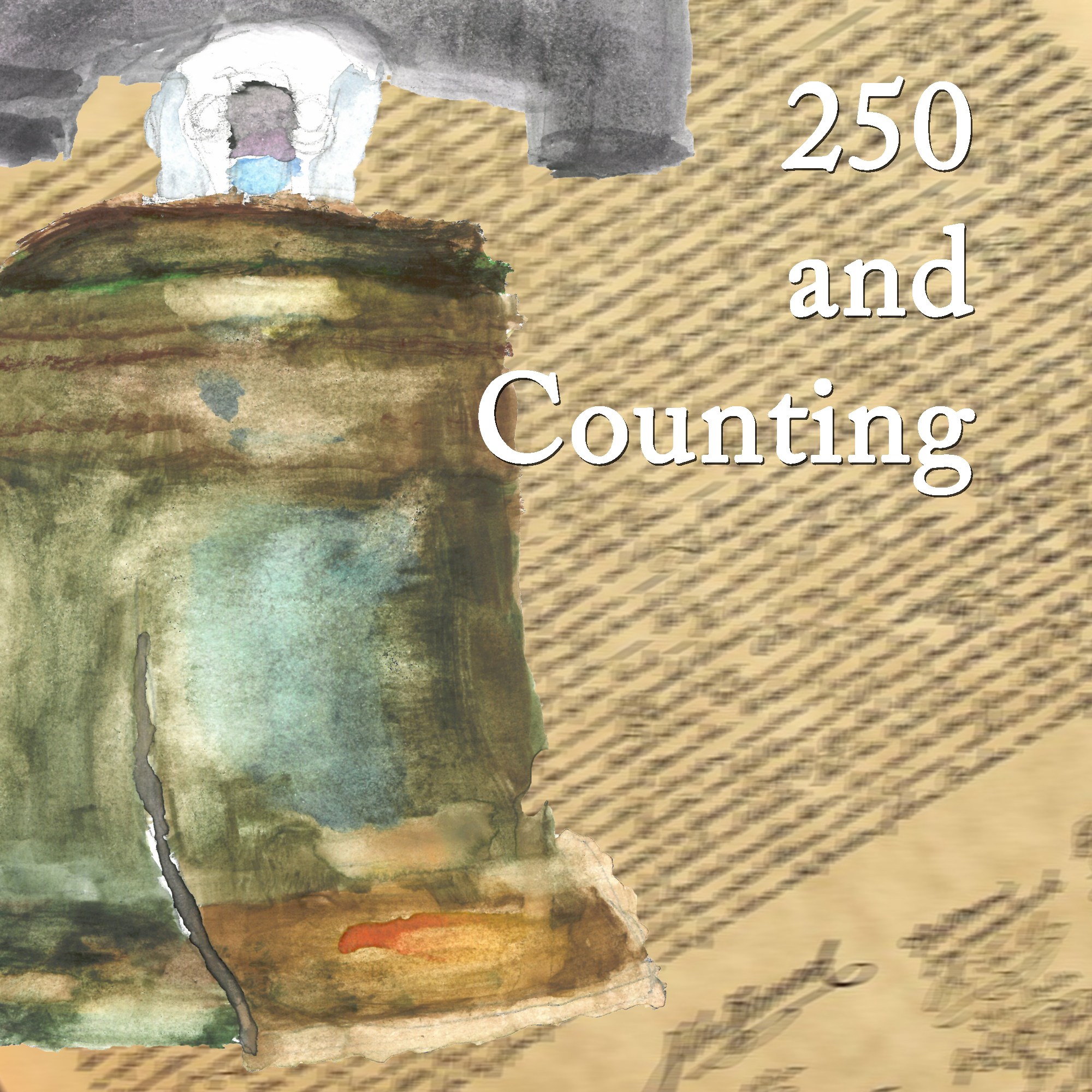
Just a couple of days ago we told you about the efforts on the part of the Continental Congress to get around its own rules in order to provide Washington’s army with the materials they needed to maintain the Siege of Boston.
This time around, John Adams takes steps to do what he needs to do without running afoul of the Intolerable Acts.
It’s like the legal equivalent of the obnoxious game your siblings played with you: “I’m not touching you…I’m not touching you…”
Podcast: Play in new window | Download | Embed







